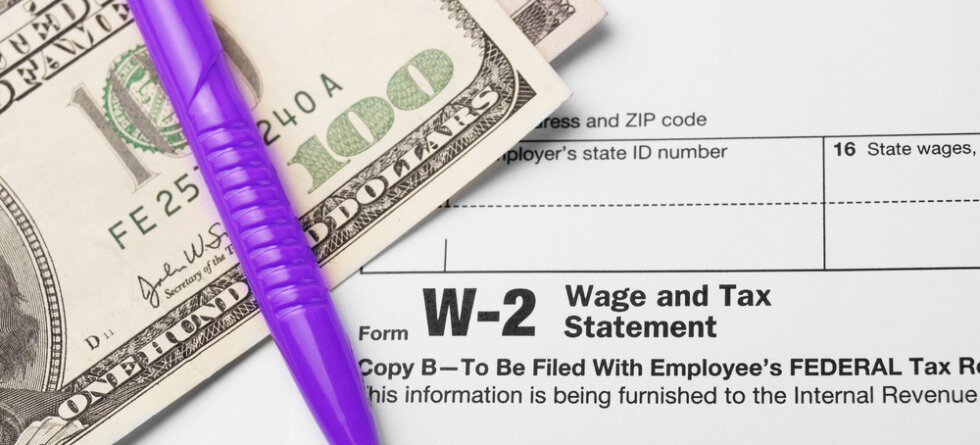The form W-2 is associated with employees rather than business owners. A W-2 is a tax form used in the United States to report wages, salaries, and other compensation paid to employees and the taxes withheld from them. It is provided to employees by their employers at the end of the calendar year, and it is used by employees when filing their individual income tax returns.
Business owners, particularly those who operate as sole proprietors, partners in a partnership, or members of a limited liability company (LLC), generally do not receive W-2 forms. Instead, they report their business income on their personal income tax returns using other forms, such as Schedule C for sole proprietors or Form 1065 for partners in a partnership or members of an LLC.
Here’s a brief overview based on business structures:
- Sole Proprietorship:
- A sole proprietor reports business income and expenses on Schedule C of their individual income tax return (Form 1040). The net profit or loss from the business is then included in the overall personal income calculation.
- Partnership or Multi-Member LLC:
- Partners in a partnership or members of a multi-member LLC report their share of business income and deductions on Form 1065. The partnership or LLC itself does not pay income tax; instead, the income “passes through” to the individual partners or members. Each partner or member receives a Schedule K-1, which shows their share of the business’s income, deductions, and credits. The information from the K-1 is then reported on the individual’s tax return.
- S Corporation:
- Owners of an S corporation receive a different form called Schedule K-1 (Form 1120S). Similar to a partnership or multi-member LLC, the income, deductions, and credits of the S corporation pass through to the individual shareholders. The shareholders then report this information on their individual tax returns.
It’s essential for business owners to keep accurate records of their business income and expenses throughout the year and to consult with a tax professional or accountant to ensure proper reporting and compliance with tax laws. While business owners do not receive W-2 forms, they may receive other forms like Schedule K-1, which provides the necessary information to report business income on their personal tax returns.




